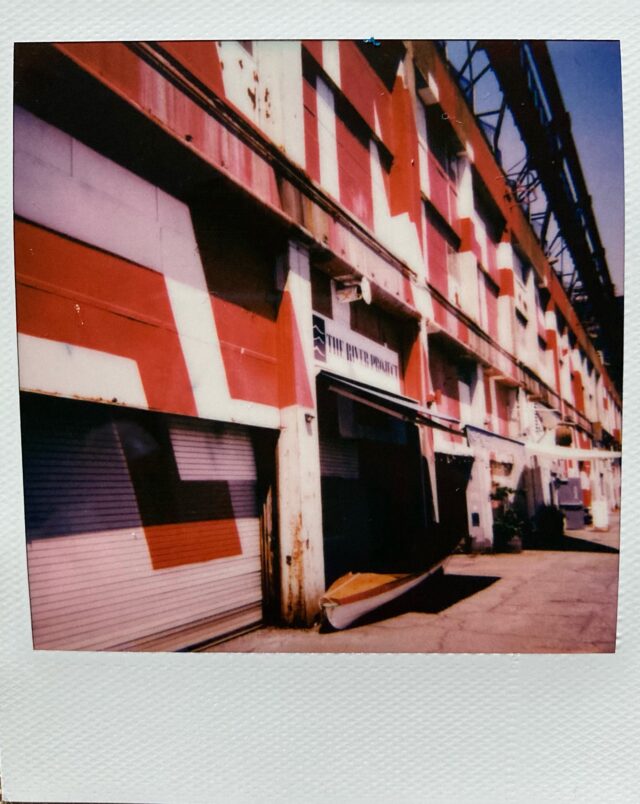Enlarge
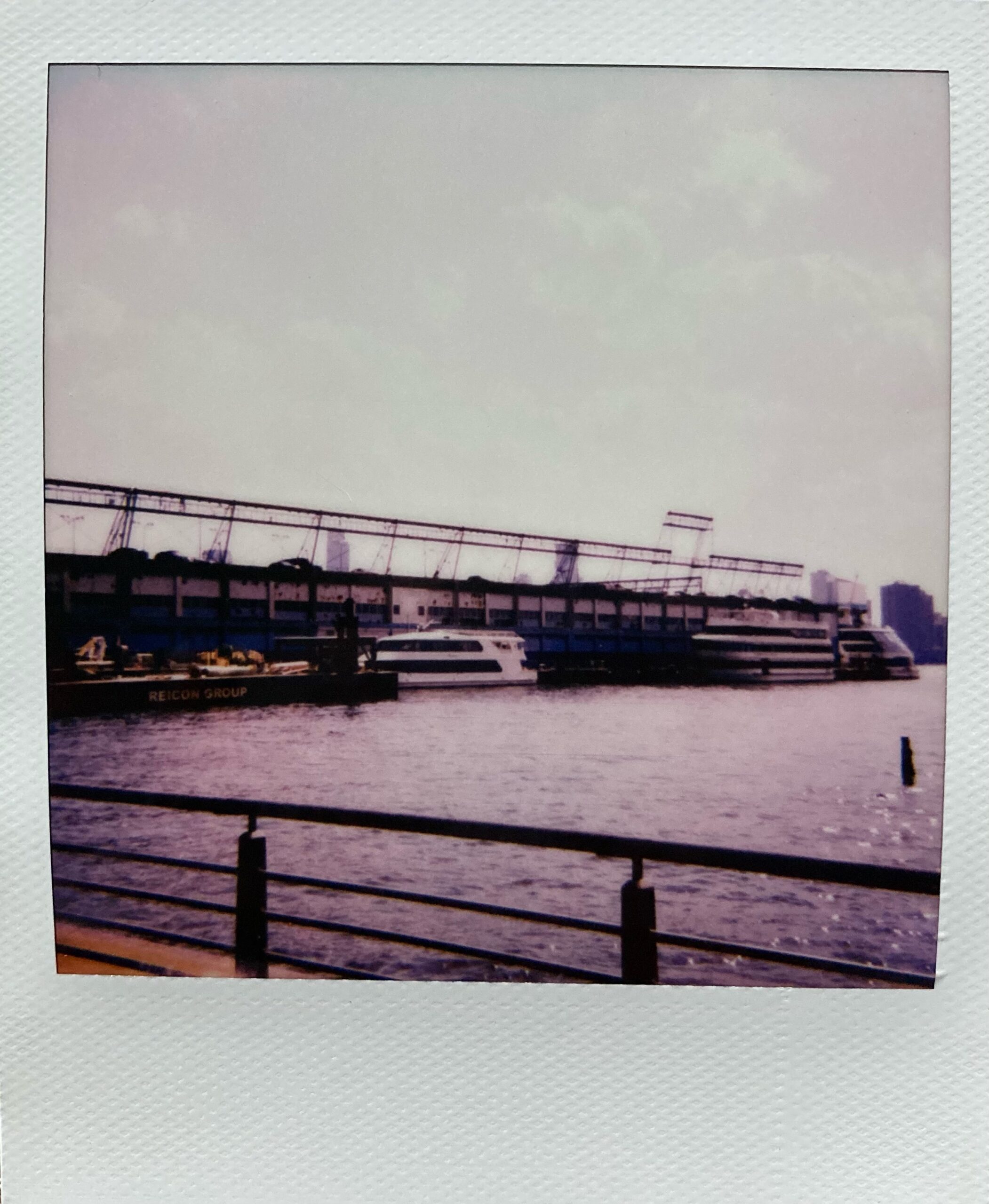
Jesse McLaughlin
It is my belief that collaboration cannot be confined to shared physical space between humans, especially as shared space (virtual, even) does not make a practice any more democratic. Collaboration, when invited, can extend beyond geography, temporality, and even genus division. My project, “Artistic Collaboration as Multispecies Engagement,” offers largely unexplored perspectives to the fields of science and art-making, combining theories from literary studies, like intertextual theory, and theories of new materialism and interspecies justice.
I began this course of study while creating Every Time I Think I Have Something I Sneeze, a twenty-five-minute-long guided walking score via telephone; its course determined by the long-mysterious life cycle migration of the American Eel. Across time and place, listeners walk in collaboration; building small, interwoven migrations. Interest in this particular fish spawns from its physical impermanence as a shapeshifting, gender-bending critter of fresh and saltwater. Their form is slippery and their journey is long and largely unmapped. There is something to be learned from the American Eel. Perhaps it is their trans-generational memory or their wholly intentional living and dying.
My goal this summer has been to form a long-term, collaborative relationship with the American Eel ending in a body of work based on our prolonged contact, which I hoped to accomplish through frequent monitoring of an “eel mop” (a DIY structure made to mimic a juvenile eel habitat) I would place in the New York Harbor. In order for any curious citizen scientist to do this, one would need to acquire a scientific collection permit from the New York Department of Environmental Conservation. Unfortunately, as the DEC is swamped in permit applications, I was warned not to hold my breath to hear back before the fall. Without a scientific collection permit, I was sure I’d be unable to observe specimens using my own traps or mops.
I began to get creative. I reached out to artists I know whose work involves depictions of wildlife. Perhaps I could begin doing some archival research of artists in collaboration in a multispecies context…
I even took a field trip to “Bernie’s Bait and Tackle Shop” located in Sheepshead Bay, where I’d heard they sold the endangered American Eel as live bait. Nervous, I wandered in and struck up a conversation with a stoic-looking fisherman behind the counter. I asked if it’s true they had live eels. He said yes. I began asking more questions, like their age and where they came from. I’d almost forgotten that the questions I was asking were potentially incriminating until I asked if I could take a look at them. He quickly spat, “No! Haven’t you ever seen an eel before?” Embarrassed, I nodded that I had and thanked him anyways. I meekly attempted to buy some fishing magazines to use for collaging before I realized I didn’t have cash and left.
Enlarge
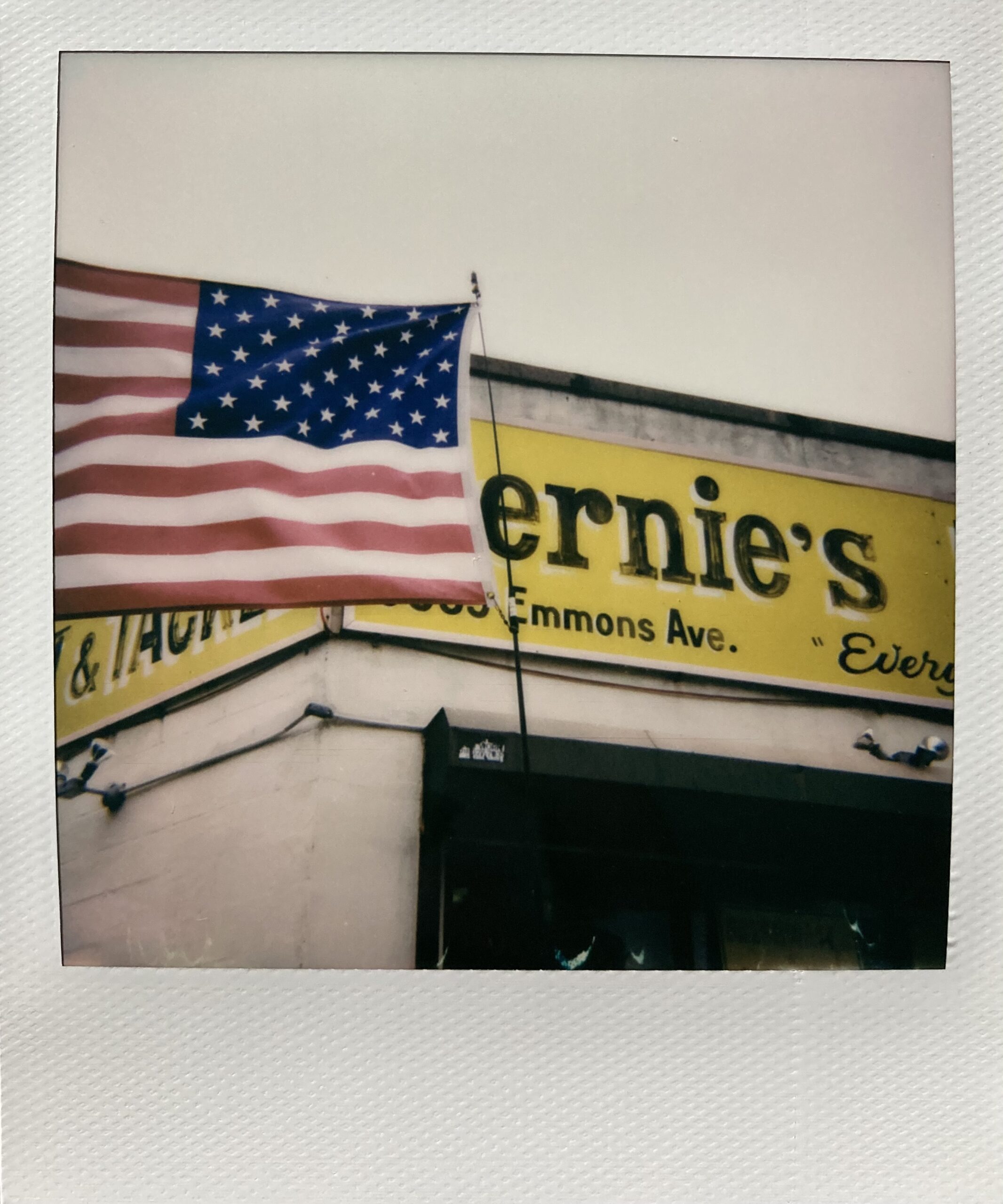
Jesse McLaughlin
I turned to connections at the Hudson River Park “River Project,” Bronx River Alliance, and the Hudson River Estuary Program for ideas and opportunities to observe the illusive American Eel without needing my own permit. Luckily, kindhearted folks at the Hudson River Estuary Program offered to add me to their own permit at the DEC, as well as invite me to their upriver sampling events and guide me to other spots around the city to watch for eels.
Enlarge
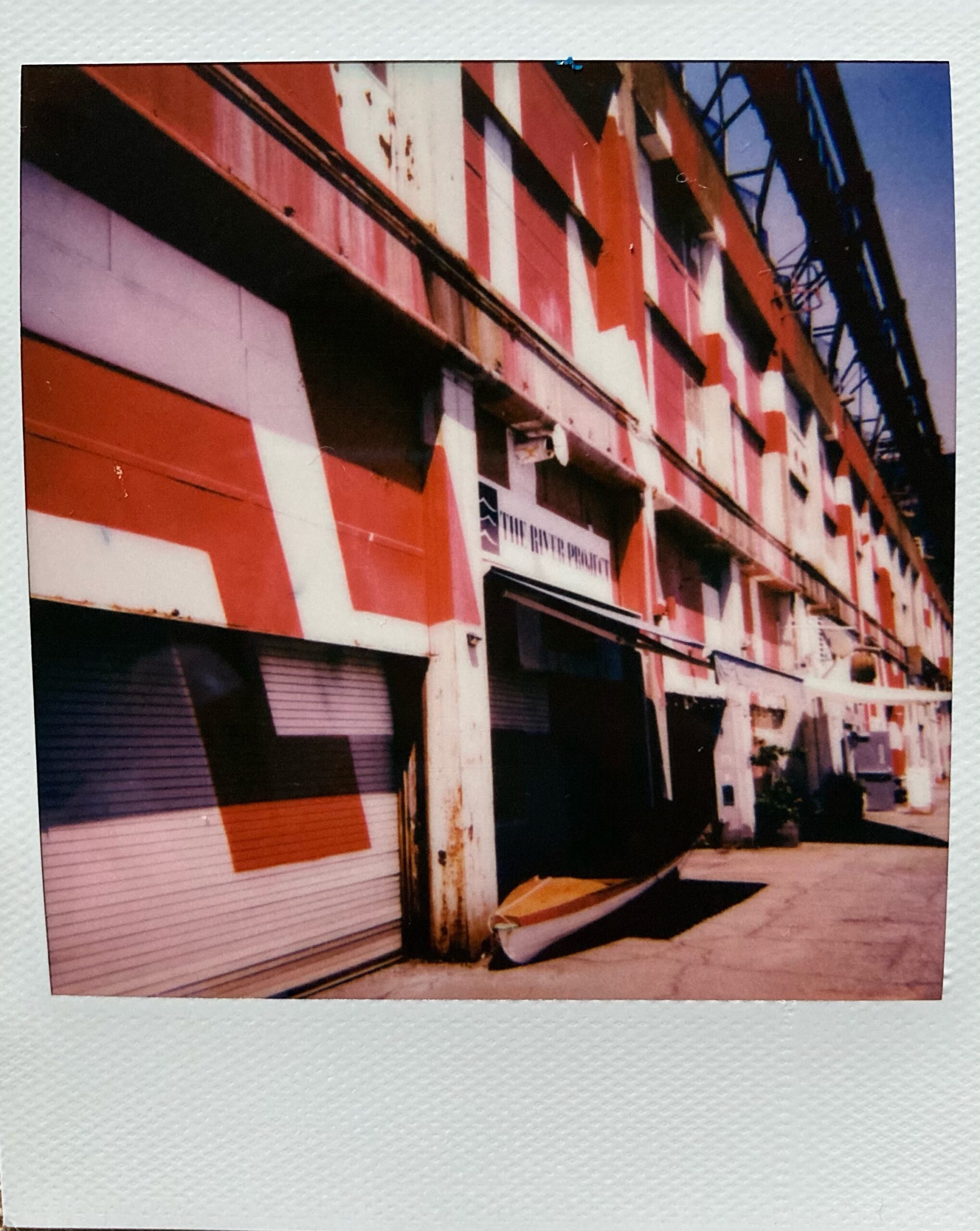
Jesse McLaughlin
From my reaching out, I have received such an outpouring of support from the New York City marine science community. The River Project, alongside some NYU faculty members, are helping me plan a mop-building party! We’ll make several eel (or habitat mops) to place around the five boroughs to support my summer research, as well as further the research of the American Eel by scientific organizations around the city. In addition, a connection at the Harbor School on Governors Island kindly invited me to place mops at choice locations on the island’s shores. This is really exciting, as the American Eel has not been monitored at this location ever before.
Enlarge
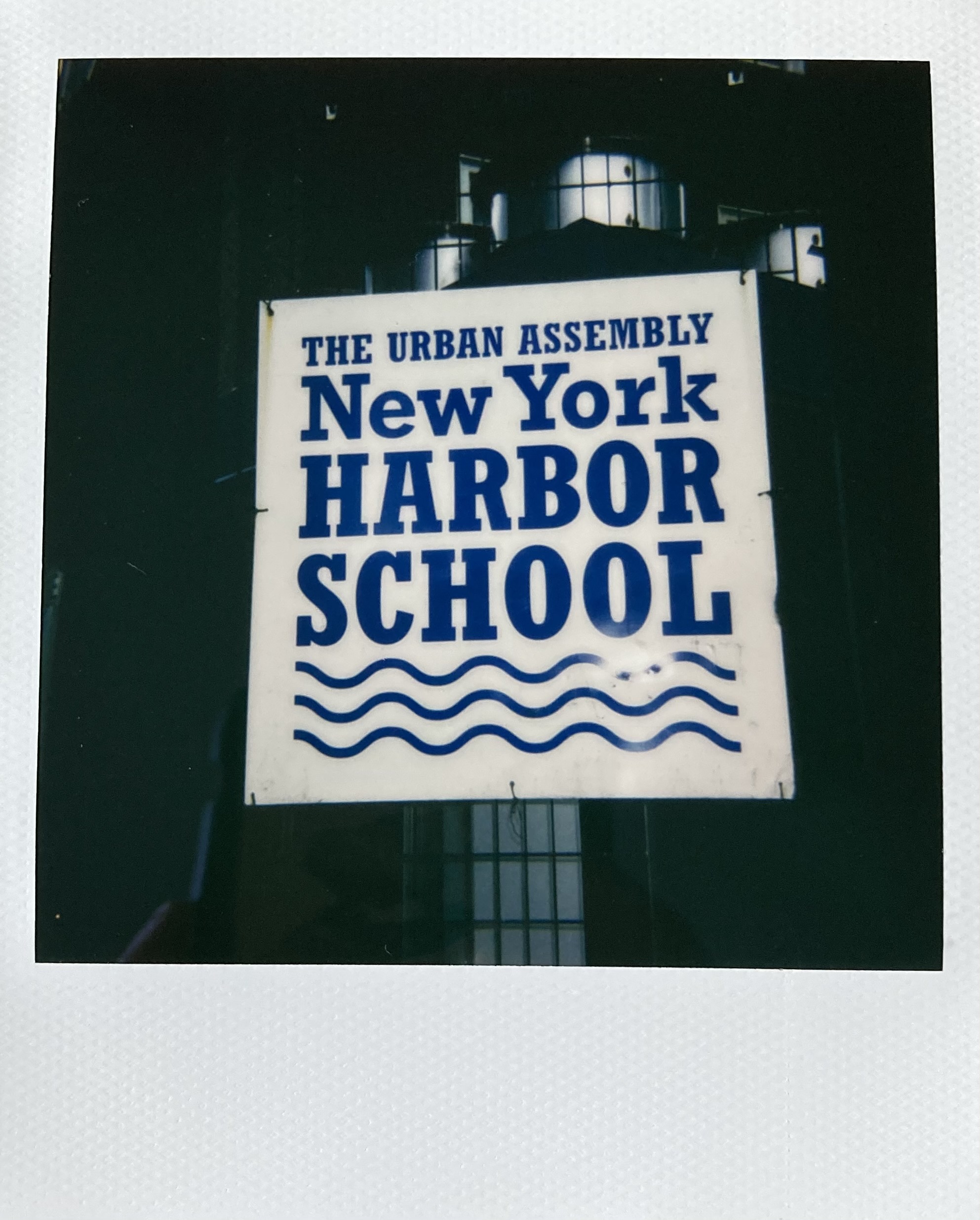
Jesse McLaughlin
The major obstructions I have come up against already have led me to contemplate the obstacles put in place that deliberately hinder contact between human and non-human animals (often for good reason). Human-wildlife conflict is a real concern that is responsible for extinction of non-human animal species, destruction of habitats, as well as human animal deaths. Interspecies contact has assumed harm. That’s why obtaining permits like the one I’ve fought so hard for at the DEC is so tedious and slow-moving. It’s to protect wildlife from ending up living in a cooler in the back storage room of a bait and tackle shop in Sheepshead Bay. I wonder how we might begin to rethink responsible multispecies engagement on an individual level and a bureaucratic one as beneficial for all parties. Might the beginning of protection be care?
Enlarge
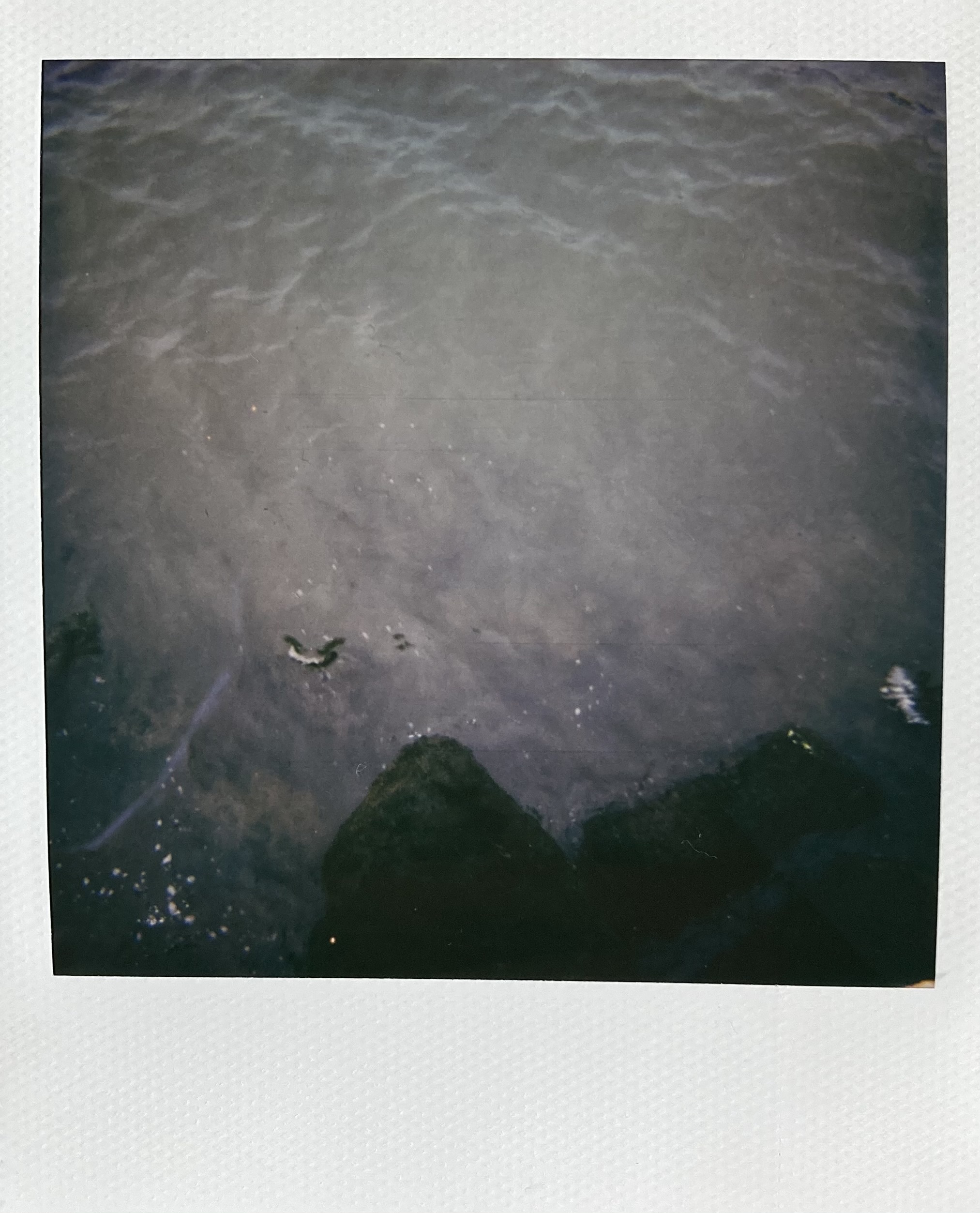
Jesse McLaughlin
